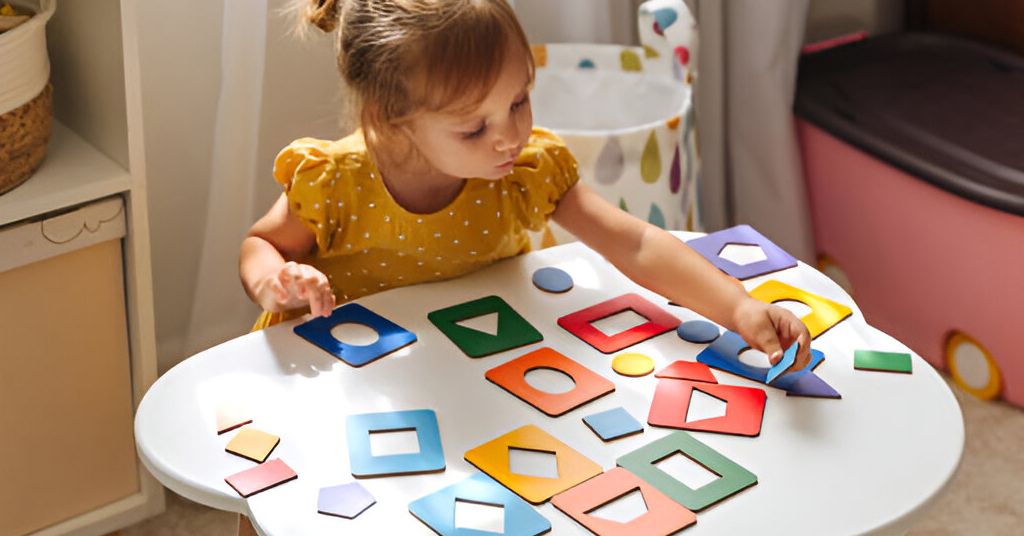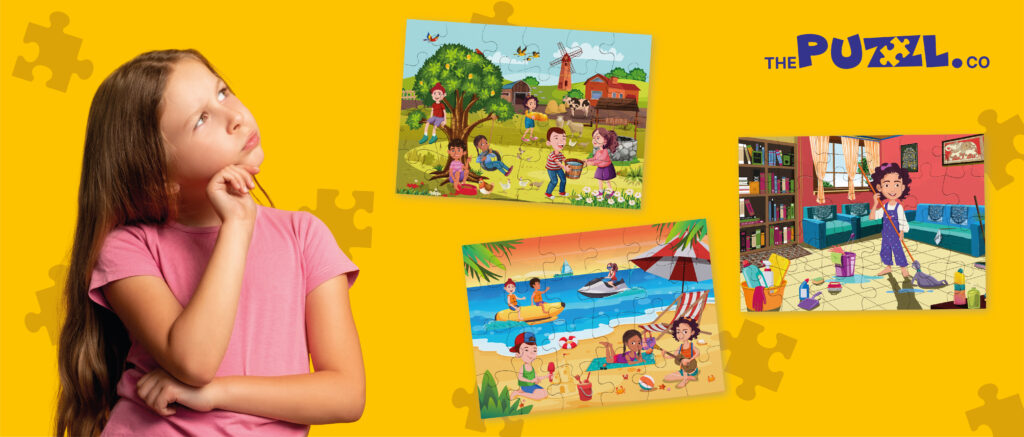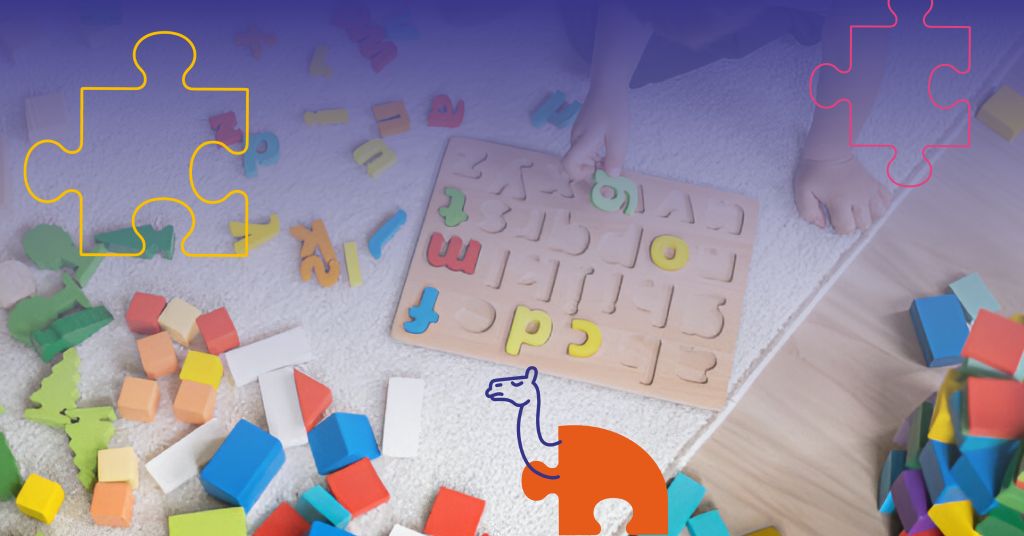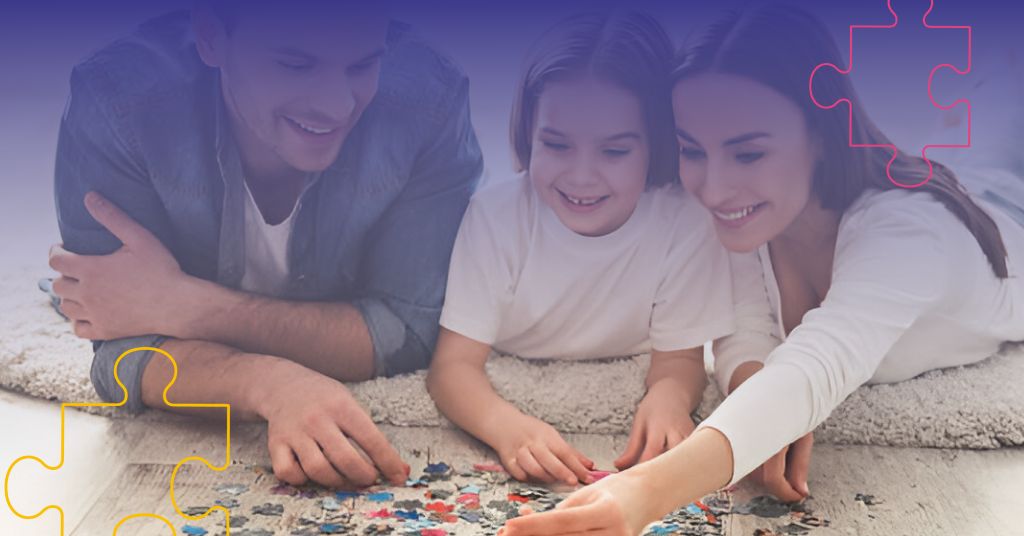Puzzles are an excellent way to enhance cognitive development in children, helping to improve problem-solving skills, critical thinking, and hand-eye coordination. However, selecting an age-appropriate puzzle is crucial—too easy, and your child might lose interest; too difficult, and they may feel frustrated. Finding the right puzzle difficulty level ensures an engaging and educational experience, fostering confidence and a love for learning.
Signs Your Child is Ready for a More Challenging Puzzle
Every child develops at their own pace, but there are key behavioral cues that indicate they’re ready for a more complex puzzle:
- Solving current puzzles too quickly – If your child completes puzzles effortlessly, it’s time to step up the challenge.
- Showing curiosity for problem-solving – If they seek out new challenges, they’re ready for a higher difficulty level.
- Increased patience and persistence – Kids who can focus longer without frustration may enjoy multi-step puzzles.
- Boredom with familiar puzzles – If they seem uninterested in puzzles they once loved, introduce something new.
Age-Based Puzzle Recommendations
Toddlers (Ages 1-3): Simple Shape Puzzles
- Large wooden shape sorters
- Knob puzzles with easy-to-grasp handles
- Two-piece matching puzzles to build recognition skills
Preschoolers (Ages 3-5): Chunky Jigsaws & 3D Stacking Puzzles
- Chunky 6-12 piece jigsaw puzzles with large, colorful pieces
- 3D stacking and nesting puzzles to develop fine motor skills
- Themed puzzles (animals, vehicles) to encourage engagement
Early Elementary (Ages 6-8): Interlocking Puzzles & Simple Mazes
- 24–100-piece jigsaw puzzles with detailed images
- Simple maze puzzles to enhance problem-solving skills
- Pattern and logic-based puzzles for cognitive growth
Older Kids (Ages 9+): Complex 3D Puzzles & Logic Games
- 3D model-building puzzles to challenge spatial reasoning
- Advanced interlocking puzzles with 200+ pieces
- Brain-teasing logic games (Sudoku, crossword puzzles) for mental stimulation
Common Mistakes Parents Make & How to Avoid Them
🚫Giving puzzles that are too easy – Children may get bored and lose interest.
✅ Solution: Gradually increase puzzle difficulty to maintain engagement.
🚫Jumping to complex puzzles too soon – Kids may feel frustrated and give up.
✅ Solution: Start with manageable challenges and provide guidance if needed.
🚫Not encouraging trial and error – If kids expect immediate success, they may avoid tougher puzzles.
✅ Solution: Celebrate effort, not just completion, and promote perseverance.
Fun Ways to Keep Kids Engaged
- Rotate puzzles – Introduce new puzzles regularly to maintain excitement.
- Turn it into a challenge – Set timed goals or make it a family puzzle night.
- Use incentives – Reward persistence with praise or small rewards.
- Encourage cooperative play – Let siblings or friends solve puzzles together for social learning.
Also Read: Common Mistakes Parents Make When Introducing Puzzles to Kids
Choosing the right puzzle difficulty is key to boosting confidence, problem-solving skills, and cognitive development. By selecting age-appropriate puzzles and gradually increasing the challenge, parents can create an engaging, fun, and educational experience for their children. The right puzzle not only entertains but also nurtures patience, logical thinking, and creativity—valuable skills that last a lifetime!
To Buy the Best Puzzles & Educational Toys for your Child, check out our collection.



